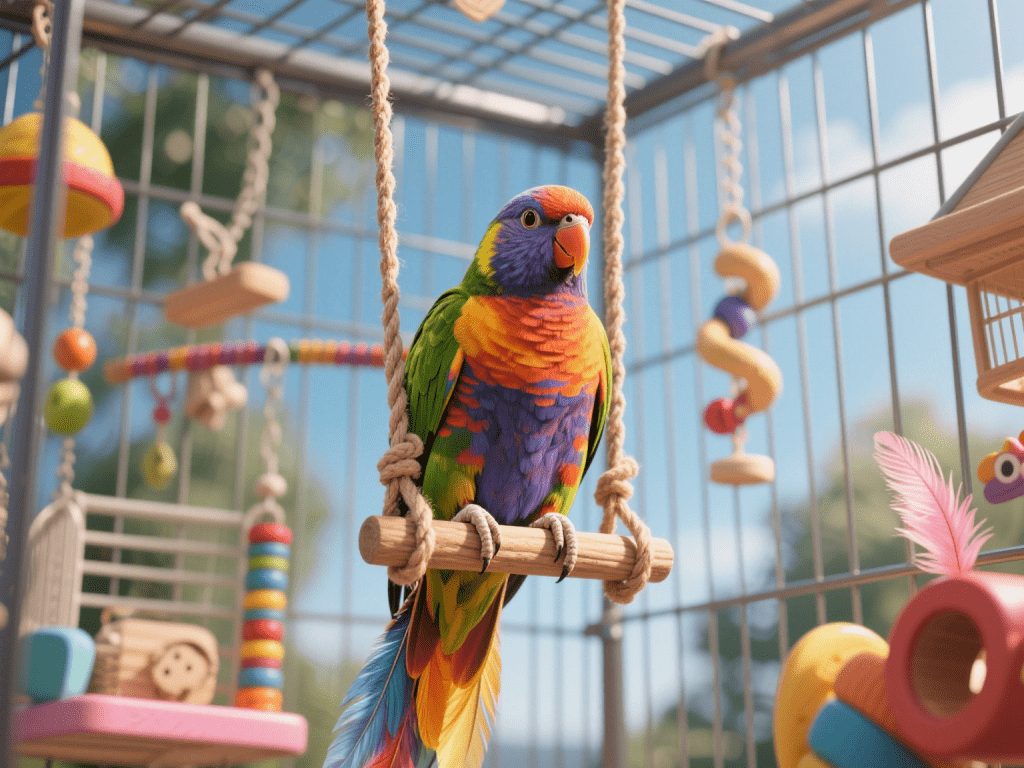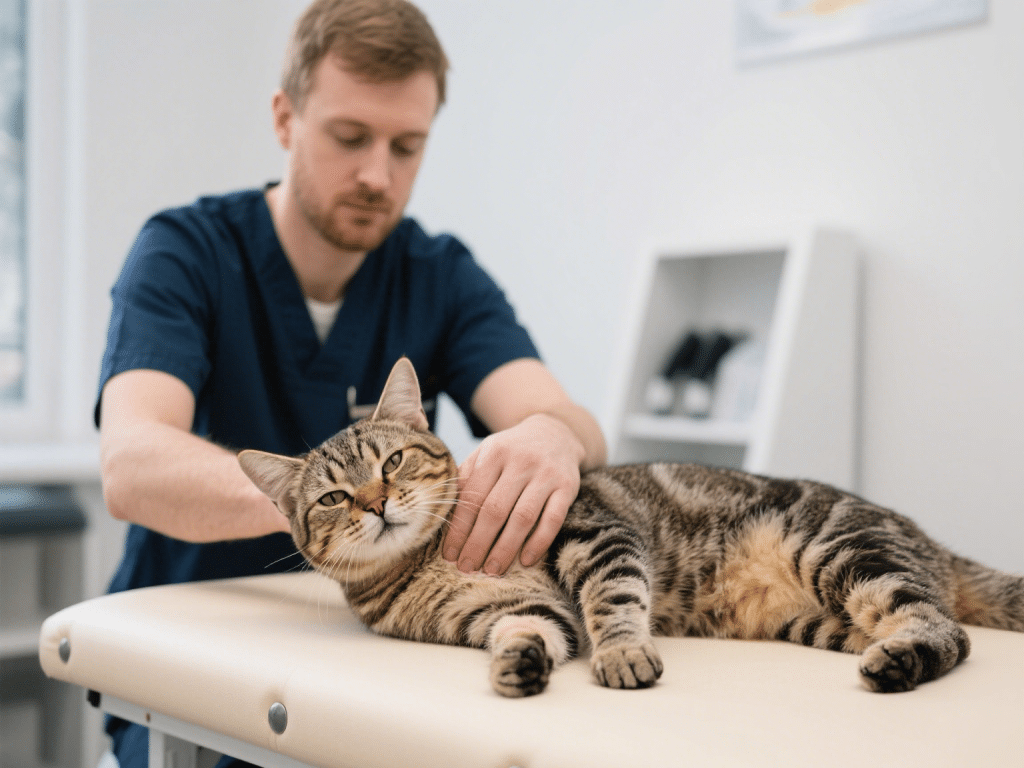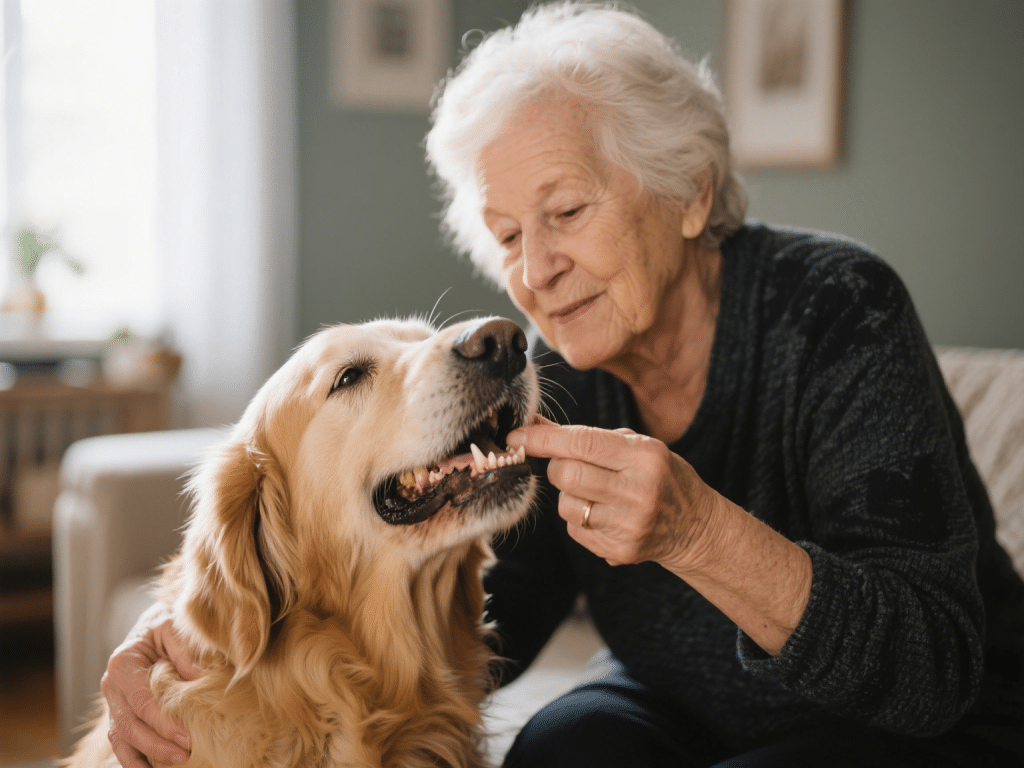Recognizing and Treating Dog Anxiety Symptoms Effectively
Recognizing and Treating Dog Anxiety Symptoms Effectively
Understanding Canine Anxiety
Dog anxiety affects 1 in 4 dogs, manifesting through physiological and behavioral changes. Unlike temporary stress, anxiety persists and worsens without intervention, significantly impacting quality of life. Recognizing early signs prevents escalation to destructive behaviors or self-harm.
Key Symptoms Breakdown
Mild Symptoms:
Excessive lip licking/yawning
Trembling without cold
Avoidance behaviors (turning head away)
Low-tail carriage (not tucked)
Moderate Indicators:
Destructive chewing (doors/windows)
Inappropriate elimination
Compulsive pacing (fixed patterns)
Hyper-vigilance (whites of eyes showing)
Severe Warning Signs:
Self-mutilation (lick granulomas)
Escape attempts causing injury
Aggression toward triggers
Panic-induced vomiting/diarrhea
Proven Treatment Protocols
1. Behavior Modification Techniques
Counterconditioning: Pair triggers (thunder/noise) with high-value treats
Systematic Desensitization: Gradual exposure starting at sub-threshold levels
Pattern Interruption: Clap training for compulsive behaviors
2. Environmental Management
Create “safe zones” with soundproofing (white noise machines)
Use Adaptil pheromone diffusers continuously
Implement predictable routines (feeding/walk schedules)
3. Professional Interventions
Veterinary Consultation: Rule out thyroid issues, pain, neurological disorders
TCVM (Traditional Chinese Veterinary Medicine): Acupuncture reduces cortisol by 27% (Journal of Veterinary Behavior)
Certified Behaviorists: Develop personalized desensitization protocols
4. Supplement & Medication Options
Natural Aids:
L-theanine (Suntheanine®): Increases alpha brain waves
CBD with certificate of analysis (0.3% THC max)
Probiotics targeting gut-brain axis (e.g., Bifidobacterium longum)
Prescription Medications:
SSRIs (Fluoxetine): Require 4-6 weeks buildup
Situational meds (Trazodone/Gabapentin): Pre-event dosing protocols
Prevention Strategies
Socialization windows (8-16 weeks) with positive reinforcement
Independence training: Gradual alone-time increments
Enrichment fundamentals: Food puzzles ≥ 30 mins daily
Exercise balancing: 5 minutes per month of age twice daily
Critical Implementation Tips
Track triggers/symptoms in a dedicated journal
Never punish anxiety behaviors (increases distress)
Combine ≥3 treatment modalities simultaneously
Expect 8-12 weeks for significant improvement
Proven Fact: Dogs receiving structured behavior modification show 83% symptom reduction within 3 months versus 42% with medication alone (AVSAB 2023 study).
When to Seek Emergency Care
Immediate veterinary attention required for:
Violent barrier destruction (injuries present)
Status epilepticus during panic episodes
Temperature spikes above 103°F (39.4°C)
Final Recommendation: Start with veterinary diagnostics before behavioral interventions. Consistency in application determines success more than specific modality choice. Implement management strategies while addressing root causes through professional guidance.
Early intervention prevents anxiety from becoming a permanent behavioral pathway. Monitor progress monthly and adjust protocols accordingly.






Comments on "Recognizing and Treating Dog Anxiety Symptoms Effectively" :